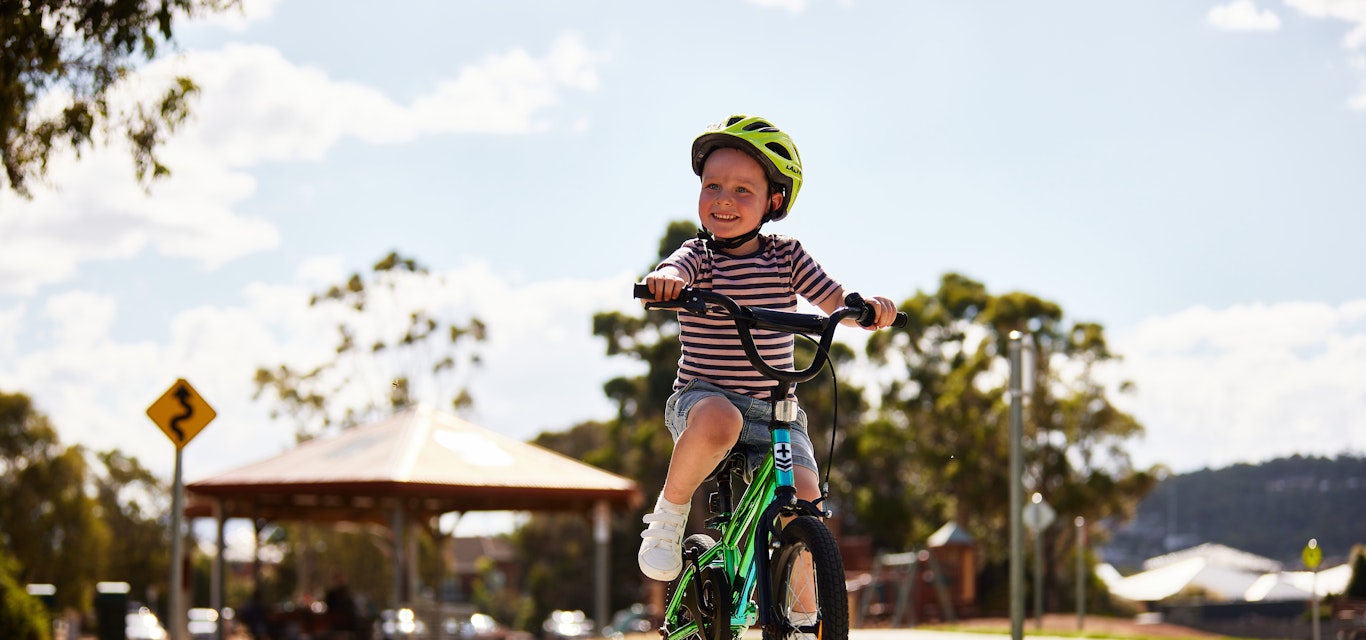Safe road users
Policy series: As the state’s roads get busier, we’re raising awareness of the dangers – and what everyone can do to help.
Tasmania’s roads are increasingly being used by people in different ways. Passenger vehicles, heavy transport, vulnerable road users such as motorcyclists, cyclists and pedestrians, incident response workers and road maintenance workers all share the road.
Everyone has a right to be safe on our roads regardless of their age, chosen mode of transport or career.
We have developed a new Safe Road Users Policy to raise awareness of what everyone can do to help.
‘Young Tasmanians and motorcyclists are over-represented in serious crashes,’ RACT Executive General Manager, Membership and Community, Stacey Pennicott said.
‘Cyclists, pedestrians and motorcyclists are very vulnerable in a crash, while young children require car seats to help protect their smaller bodies.
‘Emergency service workers and our roadside patrols are also in danger when attending crashes or breakdowns, and road workers are particularly vulnerable when drivers don’t obey the restrictions put in place for their safety.
‘We also have an increasing number of visitors, who can be at risk due to unfamiliarity with our roads and road rules.’
Ms Pennicott said a key part of the policy was calling for increased logbook hours, education and limitations for learner and provisional drivers under the Graduated Licensing Scheme (GLS).
‘Tasmania has one of the most lenient schemes in Australia, with a standard GLS model introduced in 2009, compared to a mix of more rigorous models interstate,’ Ms Pennicott said.
‘While we support the government’s changes to the GLS, we would like to see a more advanced model adopted in the long term.’
We are also encouraging better communication between researchers, driver trainers, parents and young drivers, focusing on education.
All Year 10 students should undergo compulsory road safety education.
We would also like to see an online assessment replacing the existing learner knowledge test, and the ability to submit driving hours electronically.
We support pre-learner training and mentoring for motorcyclists, as well as pre-provisional assessments and refresher courses that cover wearing safety gear, safe riding behaviours and sharing the road.
We also want to see the government develop a sharing the road course for motorists to make them aware of motorcyclists’ vulnerability, which would cover lane filtering/splitting.
We urge all levels of government and key stakeholders to support the safe coexistence of cyclists, pedestrians and vehicles through better education, enforcement and engineering.
This could include separated cycleways, wider footpaths, street furniture, landscaping, overpasses, narrower streets, improved signals and crossings, as well as lower speed limits.
We also support the reduction of speed limits to 40km/h and below in areas of high pedestrian and cyclist traffic, and minimum vehicle passing distances from cyclists.
We also support education and highly visible police enforcement against the Fatal Five dangerous driving behaviours: speed, seatbelts, alcohol and drugs, distraction and fatigue.
‘The proceeds of fines must be returned to road maintenance, road safety programs, initiatives, public education and black spot road programs,’ Ms Pennicott said.
Lastly, we support: reduced speeds around incident response workers, programs for elderly drivers to assess driving abilities, tourist driver education and child-seat education.
